Table of Contents
Directions (1-5): Study the following information carefully and answer the question given below:
P, Q, R, S, T, U and V are seven persons who are living in a building having seven floors. They live on seven different floors of a building, but not necessarily in the same order. The lowermost floor of the building is numbered one; the one above it is number two and so on till the topmost floor is number seven. Each of the seven persons has a different lucky number from one to seven but not necessarily in the same order. P lives immediately above U and but Four is not his lucky number. Only one person lives between Q and the one who lucky number is Four. The one whose lucky number is Six, lives on one of the even-numbered floors above the one whose lucky number is Four. The one whose lucky numbers is one lives immediately above V. S lives on one of the floors above R. Three is not the lucky number for V. T lives on one of the floors below Q but does not live on the lowermost floor. V lives on the floor immediately below the floor on which T lives. Lucky number of the one who lives on 7th floor is seven. Only one person lives between the one whose lucky number is Two and the one who lucky number is Five. Two is not the lucky number for S. Three persons lives on the floor between the floors on which Q and T lives. The one whose lucky number is Three lives on one of the odd-number floors below U.
Q1. Four is a lucky number for which of the following persons?
(a) R
(b) P
(c) U
(d) T
(e) Q
Q2. If it is given that one of the given seven person is a female, then who among the following cannot be that person?
(a) P
(b) R
(c) S
(d) Q
(e) T
Q3. Which of the following person have one as the lucky number?
(a) Q
(b) P
(c) V
(d) T
(e) None of these
Q4. How money persons live between the one who lucky number is Three and the one who lucky number is Five?
(a) None
(b) Three
(c) Two
(d) Can’t be determined
(e) None of these
Q5. How many persons living on odd numbered floors have the lucky number which is divisible by 2?
(a) One
(b) Two
(c) Three
(d) Four
(e) None
Directions (6-10): In each of these questions the symbols @, #, $, % and * are used with different meanings as follows.
I. ‘P @ Q’ means ‘P is not smaller than Q’.
II. ‘P # Q’ means ‘P is not greater than Q’.
III. ‘P $ Q’ means ‘P is neither smaller than nor greater than Q’.
IV. ‘P % Q’ means ‘P is neither smaller than nor equal to Q’.
V. ‘P * Q’ means ‘P is neither greater than nor equal to Q’.
In each question, four statements showing relationships have been given, which are followed by four conclusions I, II, III and IV. Assuming that the given statements are true, find out which conclusion(s) is/are definitely true.
Q6. Statements:
K # N * O @ P $ Q
Conclusions:
I. Q * O
II. Q # O
III. K * O
IV. Q $ K
(a) I and III are true
(b) II and III are true
(c) III and IV are true
(d) I and II are true
(e) None of the above
Q7. Statements:
A $ B @ F @ C, R * F % J * E
Conclusions:
I. J @ C
II. E # F
III. B % J
IV. A % J
(a) None is true
(b) I and II are true
(c) III and IV are true
(d) I, II and III are true
(e) All are true
Q8. Statements:
K @ M $ N * Q * P # D, D % F
Conclusions:
I. M % F
II. Q @ K
III. N # F
IV. K * P
(a) Either I or III is true
(b) Either II or IV is true
(c) II and III are true
(d) Either I or III and either II or IV are true
(e) None is true
Q9. Statements:
G % B # C, C @ D $ E
Conclusions:
I. C % E
II. G @ C
III. G * C
IV. B $ D
(a) Either II or III is true
(b) Only I is true
(c) Only IV is true
(d) I and II are true
(e) None of the above
Q10. Statements:
C # T % U, U @ V $ Y, V * Z, Z # X
Conclusions:
I. T @ V
II. C % V
III. X @ C
IV. Y % Z
(a) I and III are true
(b) II and III are true
(c) II and IV are true
(d) All are true
(e) None Follows
Directions (11-15): Study the information and answer the following questions:
In a certain code language
“Rightful due political economy” is coded as ” S@12 E#5 Q#12 F#25″
“There are numerous ways ” is coded as ” U#5 B#5 O@19 X@19″
“Work culture provide good” is coded as ” X@11 D#5 Q#5 H@4″
Q11. What is the code for ‘neighbour’ in the given code language?
(a) M#20
(b) O#18
(c) N#18
(d) S#20
(e)None of these
Q12. What is the code for ‘proximity’ in the given code language?
(a) R#25
(b) M#25
(c) Q#25
(d) L#25
(e)None of these
Q13. What may be the possible code for ‘Nothing good’ in the given code language?
(a) O#7 H@4
(b) S@5 X#12
(c) O@5 H#15
(d) T@5 W#12
(e)None of these
Q14. What may be the possible code for ‘great scholar’ in the given code language?
(a) X#7 V@5
(b) H#20 T#18
(c) H@7 T@5
(d) G#7 T@5
(e)None of these
Q15. What is the code for ‘publicly enforcing’ in the given code language?
(a) R@25 F#7
(b) Q#25 F#7
(c) Q@25 F@7
(d) Q@12 F#14
(e)None of these
Practice More Questions of Reasoning for Competitive Exams:
Solutions
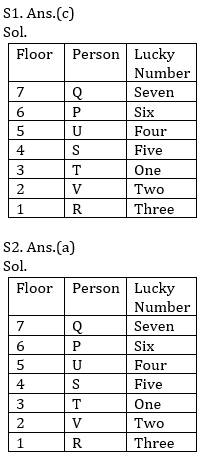
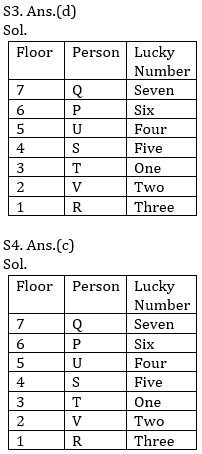
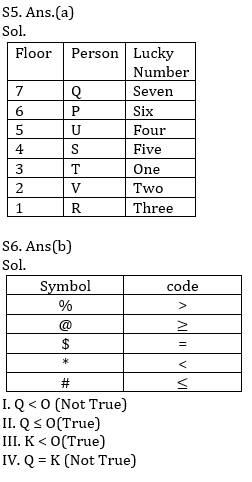
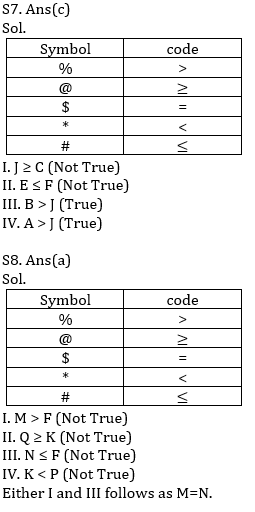
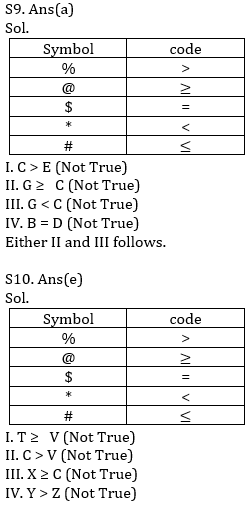
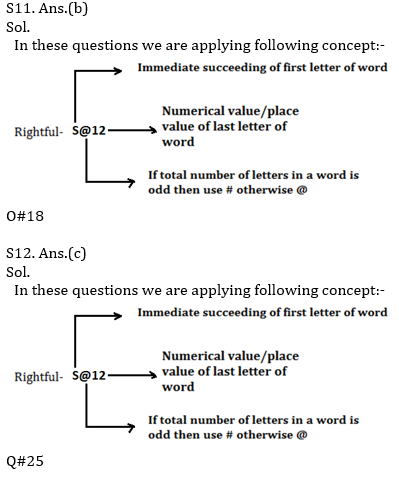
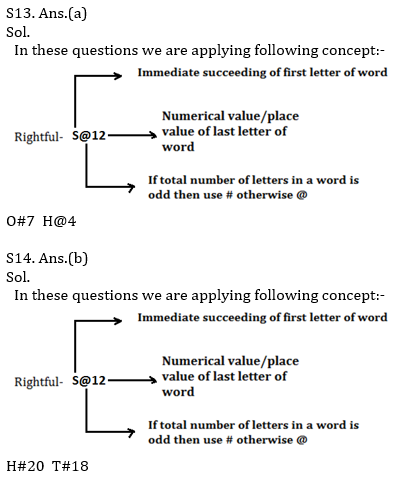

Practice with Online Test Series for Bank Mains 2021:
Click Here to Register for Bank Exams 2020 Preparation Material

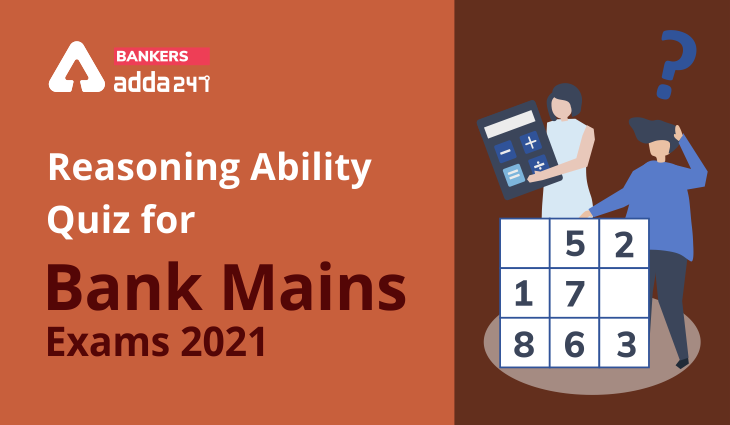


 GA Capsule for SBI Clerk Mains 2025, Dow...
GA Capsule for SBI Clerk Mains 2025, Dow...
 The Hindu Review October 2022: Download ...
The Hindu Review October 2022: Download ...
 World Malaria Day 2025
World Malaria Day 2025




